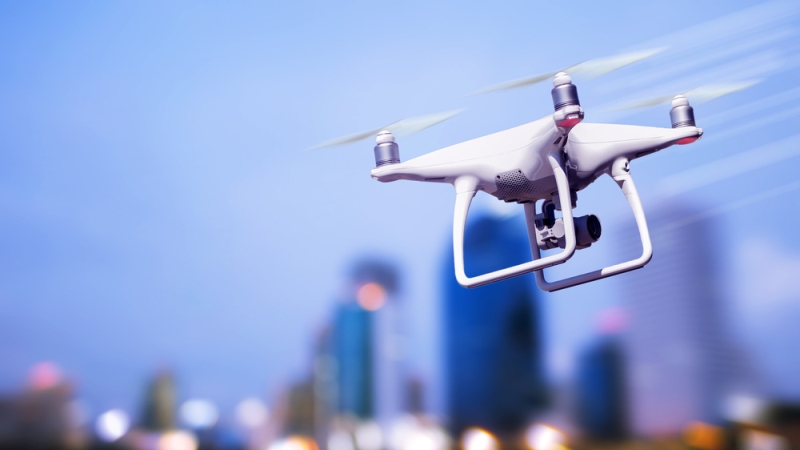
In a move to support the Pentagon’s Replicator Two effort, the Defense Innovation Unit (DIU), U.S. Northern Command (NORTHCOM), and the Joint Counter-small Unmanned Aircraft Systems Office (JCO) have launched a new call for industry solutions to rapidly field scalable, low-collateral drone defeat (LCD) technologies across the joint force.
The Replicator initiative, overseen by DIU, aims to deploy thousands of autonomous systems across multiple domains to warfighters by August 2025, as part of the Pentagon’s strategy to counter China’s rapid military buildup. Simultaneously, the department is advancing Replicator Two, announced in September 2024, which focuses on scaling up the deployment of existing counter-drone systems.
The solicitation for LCD capabilities specifically targets solutions that can be integrated into current Counter-small Unmanned Aircraft Systems (C-sUAS) programs of record and deployed at scale.
These technologies are expected to minimize collateral damage to friendly forces, civilians, and critical infrastructure – both at home and in operational theaters abroad.
“It’s really about those low-collateral interceptors and getting after those solutions – whether it’s through electronic means, kinetic or ballistic means or other forms of bringing those drones down,” DIU Director Doug Beck said during a House Armed Services Tactical Air and Land Forces subcommittee hearing on May 1.
This solicitation adds to multiple Replicator-aligned efforts across the DoD, including ongoing initiatives under the military services, NORTHCOM, the Office of the Under Secretary of Defense for Acquisition and Sustainment, and some international collaborations.
The solicitation is open to industry submissions until May 16, and will be administered through DIU’s Commercial Solutions Opening process.
The solicitation outlines that selected solution providers will participate in joint testing alongside vendors, government developers, and service operators, with an expectation to scale quickly and integrate into existing C-sUAS systems.
That requirement reflects the broader urgency driving the effort, according to Beck, who emphasized to lawmakers both the operational relevance and time-sensitive nature of the challenge, underlining the need for adaptable solutions capable of addressing threats in diverse environments.
Beck also noted that for the services to close existing capability gaps, greater support from Congress will be essential – particularly in the form of expanded resources, acquisition authorities, and funding flexibility.
“We need to be doing much, much more,” he said. “We must put capability in place now. We must dramatically improve our capacity and speed to update unmanned and counter-unmanned technologies. We must build the muscle to do so at greater and greater scale.”
